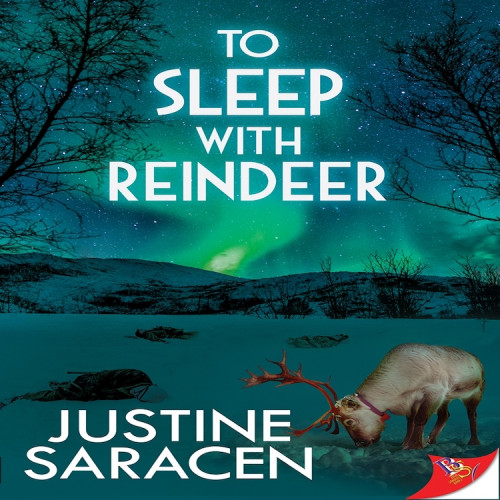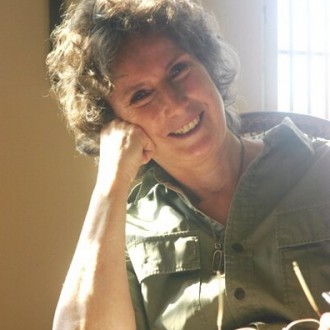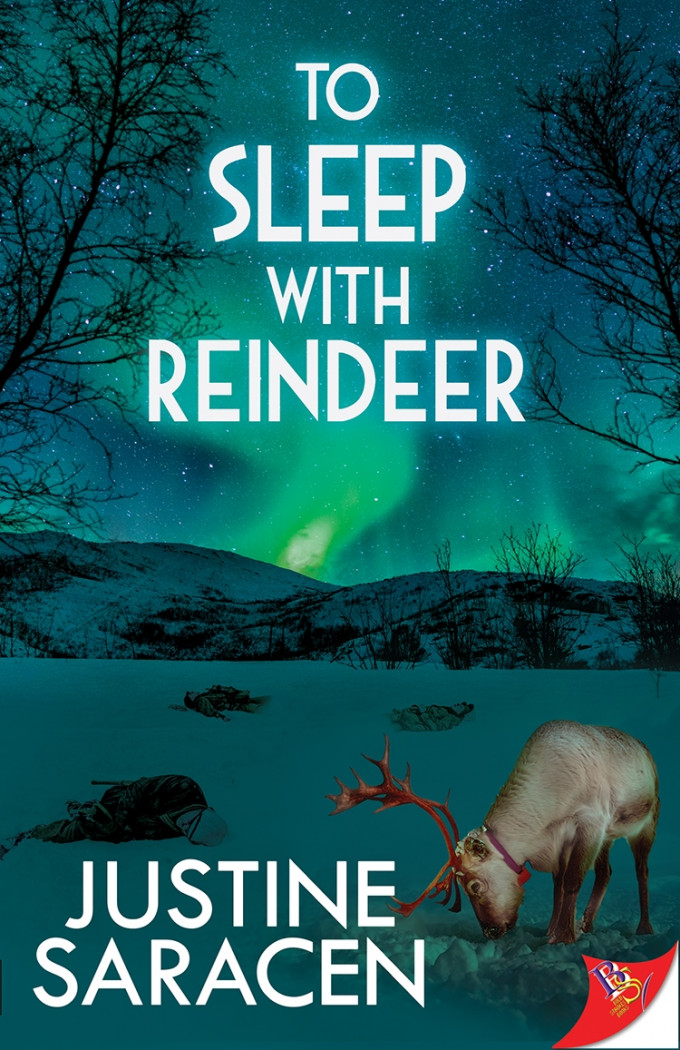Justine Saracen blogs:
I grew up winter deprived in Southern California, where the only snow I saw was spray-painted on windowpanes at Christmas. But then I went to Germany at twenty and experienced my first real, accumulating snowfall. It began in November sometime during the evening. Awestruck, I strolled through it, marveling at the way the flakes wafted in the air, catching the light of the streetlamp, before they fell. It snowed all night, and the next morning, I was in wonderland, stomping with childish glee deep footprints in the crunchy whiteness. To my continuous delight, a lot of snow fell that year in Germany, and it permanently imprinted itself in my subconscious as my happy place.
So it was with joy that I visited friends in Austria in the winter of 1996/97, when the entire country was snowbound. Outside of Salzburg I made a nighttime wandern through the forest with a group of women, each of us carrying a lantern. It was dreamlike, as we wound our way past alternating snow-covered clearings and dense fir tree clusters where flurries sprinkled down at each gust of wind.
The next day, winter smitten, I took the train eastward over a serene Christmas landscape past white-roofed towns and villages. In Vienna, I wandered through the frigid city until I was numb, then ventured into the magnificent St. Stephen’s Cathedral to warm my hands over the ranks of votive candles. It might have been sacrilege, but surely the saint would not begrudge a sinner a bit of warmth. Once I could feel my fingers and toes again, I climbed the tower and gazed over the sugar-coated city that, visually, had changed little since Mozart.
That happened to be New Year’s Eve, and I watched the annual performance of the opera Fledermaus projected live onto a huge screen on the side of the opera house. Besotted both by the city and the opera, I stood ankle deep in the snow for hours, warming myself with a continuous supply of hot wine from a nearby street vendor, and held out until the final chorus. When it was over, I more or less lurched on to a New Year’s Eve party to which I’d been invited—though, inebriated, I stumbled into the wrong apartment. No matter, everyone in Vienna was celebrating, so I partied with strangers for a while before being redirected to the correct party, one floor above. The main guest was a real Hapsburg princess, though she was old and chain-smoked, so I mostly stayed on the balcony and watched the fireworks over the Danube.
Years of snow deprivation passed, though the addiction never left me. I craved another big dose, and in 2017 I flew with a tolerant friend to Finland in midwinter. We reveled in dog-sled rides, snow hikes, snowmobile trips, and ice restaurants, then ended up on a reindeer farm. While lamenting that vast herds of reindeer no longer migrated across the tundras of three countries, I was still pleased to meet the little beasties up close and personal, and to feed them bundles of lichen. The temperature was -20 C, requiring a double snowsuit, padded boots, and full face covering, though the deer seemed impervious. The sweet, skittish animals, together with the Sami (Laplanders) who managed them, were the inspiration for my novel To Sleep with Reindeer.
The novel, fitting in as it does with my series of WW2 tales, deals with actual historical missions of the Norwegian resistance. But it is also, in a way, an homage to both the Sami—some of the world’s last people of the snow—and to the snow itself. We are losing winter, all of us, due to global warming, and while snow continues to fall where it used to, it arrives later in much smaller quantities and disappears ever sooner. This is a tragedy of course, not only because it means catastrophic weather events and disruptions in crop cycles everywhere, but also the end of many charismatic species. Personally, I find it is also sad because the loss of winter deprives much of the temperate world of a landscape of beauty, a phenomenon against which one must warm oneself—with a lover, a furry companion, a friendly hearth, and, if need be, a cup of Glühwein. But most especially with a lover.
To Sleep with Reindeer takes us back to 1943, when vast reindeer herds still migrated twice a year, and the Sami still followed them, living and sleeping on the tundra. We endure with them the challenges of both the arctic winter and the German invaders. We sit around their fires in their goahti huts and lavvu tents, and undertake occasional missions to fight the Nazis and save the world from tyranny.
You’ll want to have a hot beverage nearby.
The Nazi occupation of Norway finally came to a close, as we know, but so also did the nomadic culture of the people of the snow. Surely the latter deserve to be remembered.
Readers don’t need a snow addiction to enjoy a vicarious experience of that world, of dreamlike arctic landscapes, of reindeer migrations, warming embraces in the snow, and heroic missions against invaders.
You may also begin to wonder what it’s like to sleep with reindeer.


